How to Connect Spark Plug Wires to Distributor
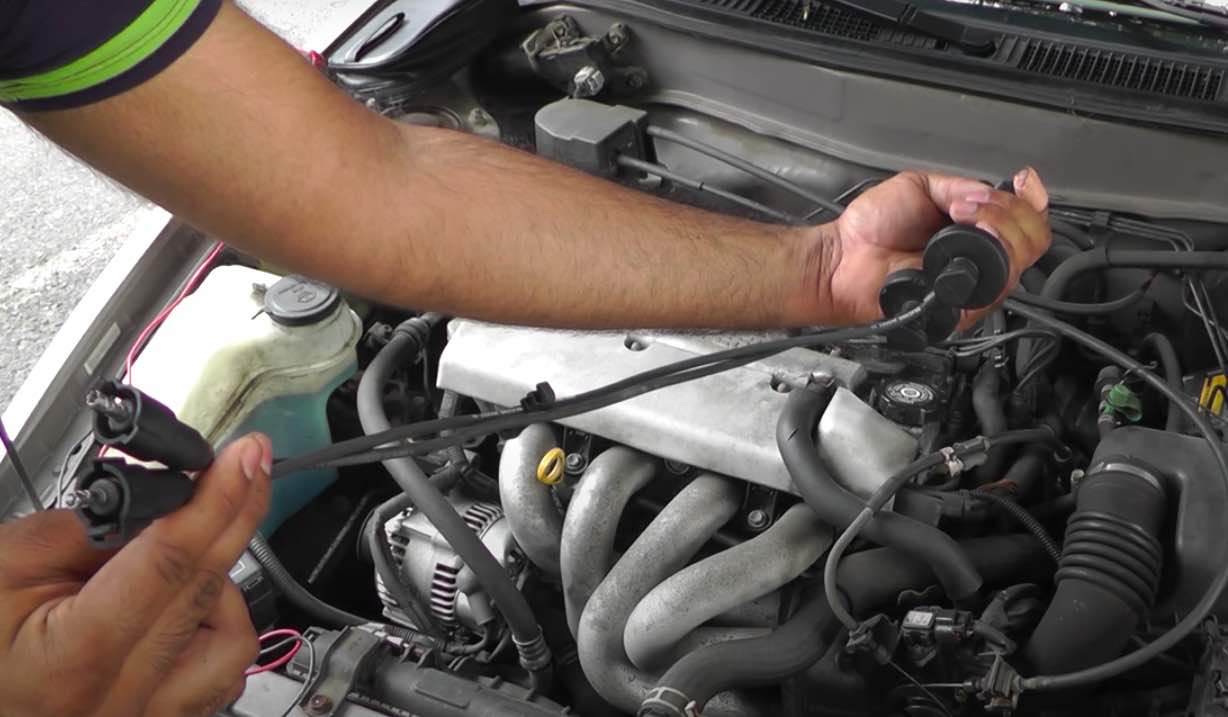
When working on your car, connecting the spark plug wires is important.
Connecting spark plug wires is a straightforward task, but you need to take special care to insert them in the correct order because a wrong order can adversely affect the engine’s performance. The engine will misfire and may even fail to start altogether.
The correct order in the distributor, called the ‘firing order,’ depends on your engine and which way the distributor rotor rotates. Once you have this information, follow this guide to connect the spark plug wires.
Requirements and Precautions
You will need the following tools and parts:
- Screwdriver
- Wrenches
- Ratchet and sockets (or T-handle)
- A set of spark plug wires
- Accurate information about the firing order, e.g., from the vehicle owner’s manual
Before working on the engine, make sure that it is cool and the battery is disconnected.
Then, if existing spark plug wires are connected, note their order and where they are connected to at the other end. You can also get this information from the vehicle owner’s manual. Make sure you know the right order for your particular vehicle before removing them, and only proceed when you do.
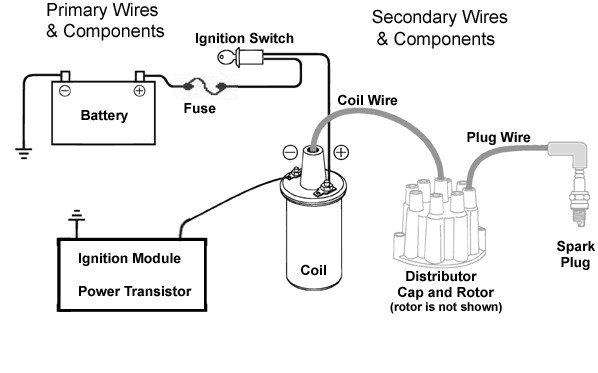
Removing the Existing Wires
When ready (see above), remove the existing spark plug wires.
Do this by holding the end of each spark plug and gently pulling it while twisting it a little, if necessary. If it’s hard, then use pliers. Normally, there is one spark plug wire per cylinder, but some cars have two per cylinder.
The other end of the spark plugs wire will be connected to either a distributor or an ignition coil, but there might be clips in the way holding the wires in place, so you will have to remove them too.
To be safe, you can replace one spark plug wire at a time if you might forget the order instead of removing all of them at once.
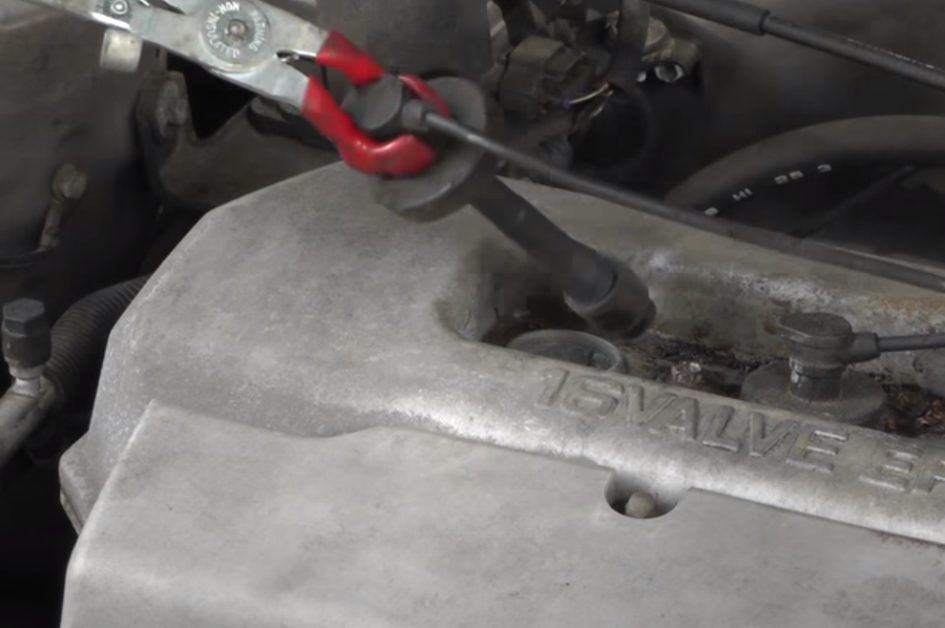
Connecting the Spark Plug Wires
Step 1: Locate the Ignition System Distributor
The ignition system distributor cap is a large, round component that contains all the spark plug wire connections and is usually located at the top or front part of the engine.
It sends electricity at specific intervals according to the engine’s firing order to ensure the right mixture of fuel and air.
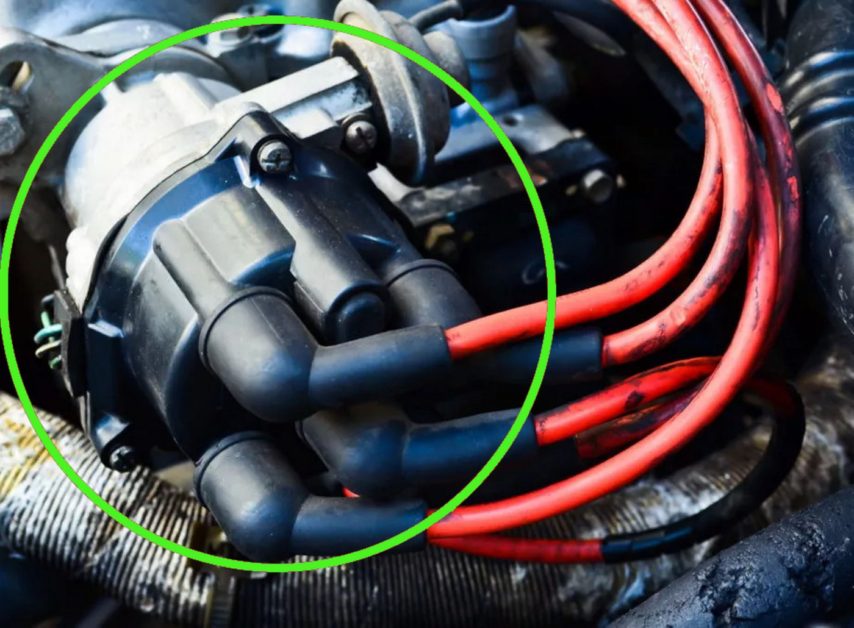
Step 2: Know the Right Firing Order
The table below gives the standard firing order for different engine types. Still, getting the correct information from your vehicle owner’s manual is best.
Typical firing orders (consult your manual)
| Engine Type | Firing Order |
| Straight 3-cylinder engine | 1-2-3 or 1-3-2 |
| Straight 4-cylinder engine | 1-3-4-2 or 1-2-4-3 |
| Straight 5-cylinder engine | 1-2-4-5-3 |
| Straight 6-cylinder engine | 1-5-3-6-2-4 |
| V6 6-cylinder engine | 1-4-2-6-3-5 or 1-5-3-6-2-4 or 1-4-5-2-3-6 or 1-6-5-4-3-2 |
| V8 8-cylinder engine | 1-8-4-3-6-5-7-2 or 1-8-7-2-6-5-4-3 or 1-5-4-8-6-3-7-2 or 1-5-4-2-6-3-7-8 |
Step 3: Remove the Latches
Remove the two latches that hold it in place using a screwdriver. When you do that, you will see the distributor rotor.
Tip: Mark a spot on the cap and the distributor’s casing in the same place. This will help you put the cap back on correctly.
Step 4: Check the Direction of Rotation
The distributor rotor rotates in line with the crankshaft turning (clockwise or counterclockwise). Crank it to see which way it rotates, which will only be one or the other, not both.
Step 5: Identify the First Firing Terminal
The first wiring terminal, at least, might be marked ‘1’. This wire will be connected to the first cylinder if it’s marked.
Now, you will only need to identify the others based on the position of the first and the direction of rotation. The second terminal will be connected to the second spark plug, and so on until you reach the fourth spark plug.
Step 6: Attach the Spark Plug Wires
Once you have connected the first spark plug wire to the first cylinder, you will have to connect the remaining wires according to the correct firing order for your vehicle.
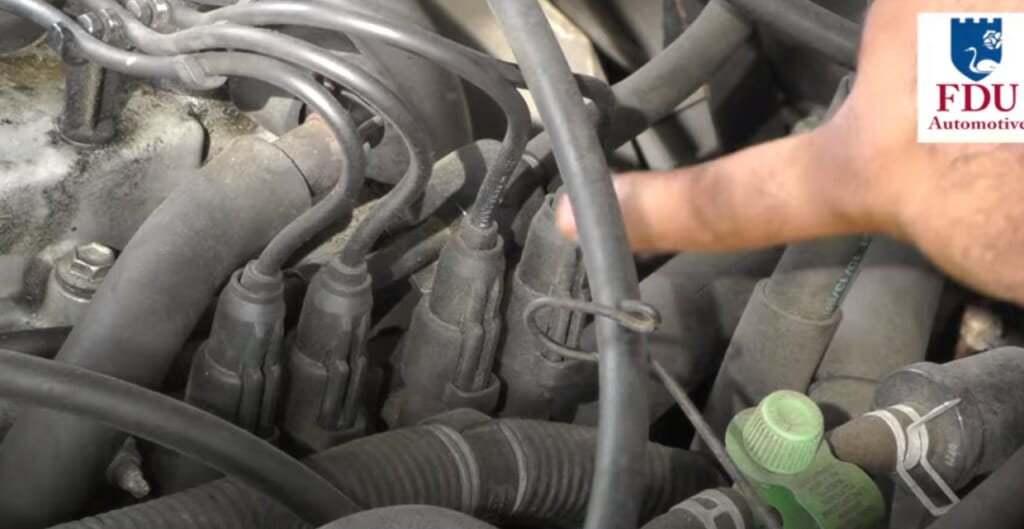
When Do You Need to Wire The Spark Plugs?
You might need to wire the spark plugs if you notice any of the following symptoms:
- Faulty or damaged spark plugs
- Overheating (although this might be due to lack of ventilation)
- Oil leaks
- Impurities
Reference
(1) Tom Denton. Automobile mechanical and electrical systems – Automotive technology: vehicle maintenance and repair. Elsevier. 2011.
Video Reference
fduauto
